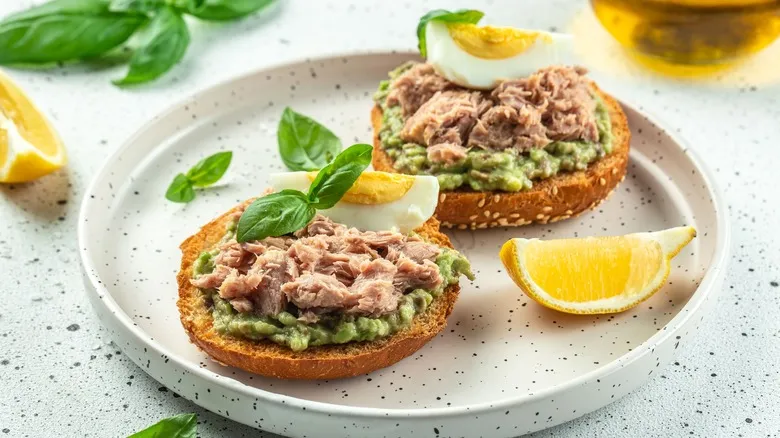Pole-and-line and troll-caught are key terms
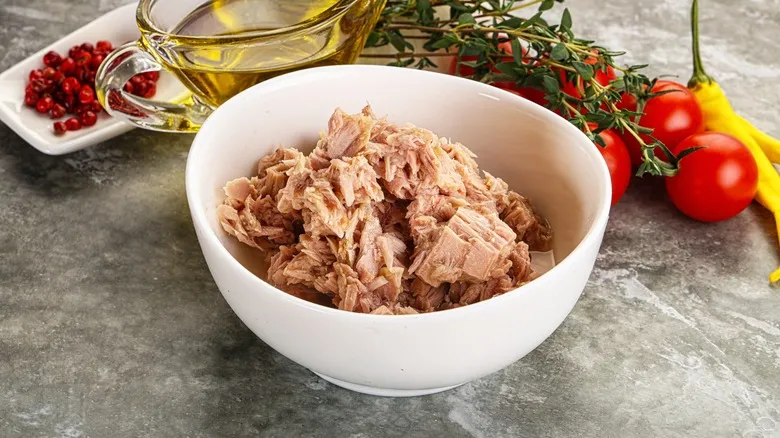
It's important to carefully examine your tuna labels to determine if the fish was caught sustainably. The term "pole-and-line caught" is one of the best indicators, as it signifies that each fish was caught individually rather than in a net. Large nets can result in bycatch, which is when other marine animals, such as sharks or sea turtles, are unintentionally caught. Unfortunately, these creatures often perish as a result, so choosing pole-and-line caught tuna means you're likely supporting a method that minimizes harm to other sea life.
Another favorable term to look for is "troll-caught" tuna. This method uses multiple fishing lines with bait designed to attract albacore tuna. The lines are connected to a boat that moves through the water, enticing the tuna to swim towards the bait. Since this technique specifically targets tuna, it also helps reduce bycatch.
Avoid tuna that was caught in nets
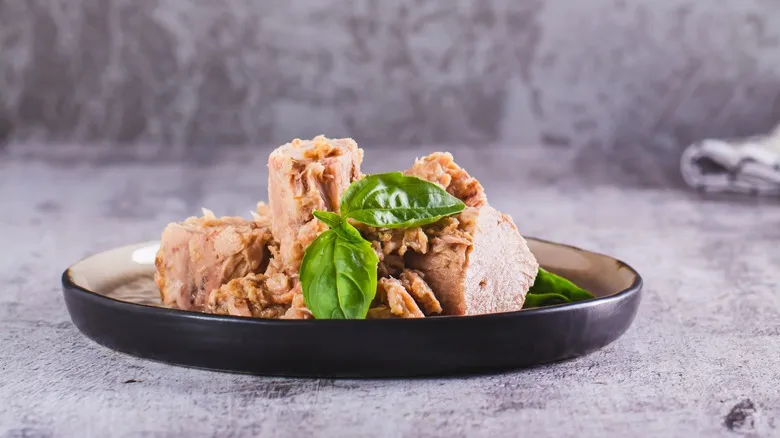
While the label on canned tuna may not clearly indicate whether a net was used, there are specific terms that can help you determine the likelihood of net usage. Fish Aggregating Devices (FADs) are employed to lure tuna into nets. When tuna swim towards these FADs, they inadvertently attract other marine life, including fish, sharks, turtles, and more. Therefore, when purchasing tuna, look for a label that states "FAD-free," as this indicates that no net was utilized.
You may also come across the terms "free-school" and "school-caught" on canned tuna labels. These terms signify that no FADs were used and that the tuna were caught naturally while swimming in a school, rather than being deliberately attracted to a specific area. Although this method is preferable to FAD-caught tuna, it still involves the use of a purse seine, a bag-like net that encircles the school of fish, which can result in bycatch.
In summary, when you're in the mood for canned tuna, the most sustainable options are pole-and-line and troll-caught varieties. However, FAD-free, free-school, and school-caught options are still better choices compared to net-caught tuna.
Recommended

Ina Garten's Tip For Choosing Cheeses And Her Absolute Favorite Shop
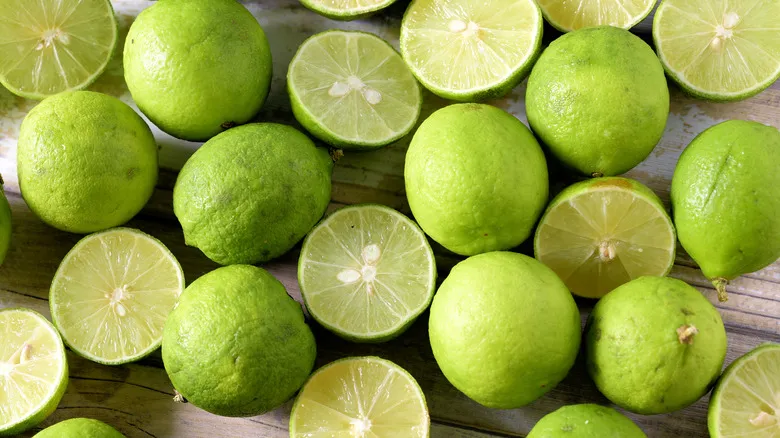
What Sets Key Limes Apart From Standard Limes?
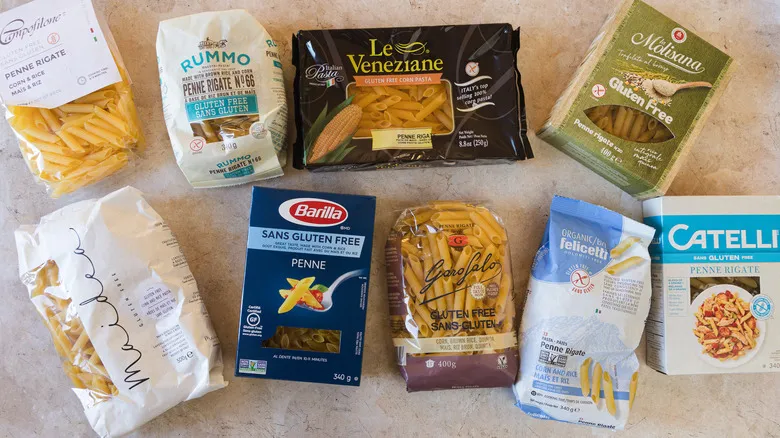
Gluten-Free Pasta Brands, Ranked Worst To Best
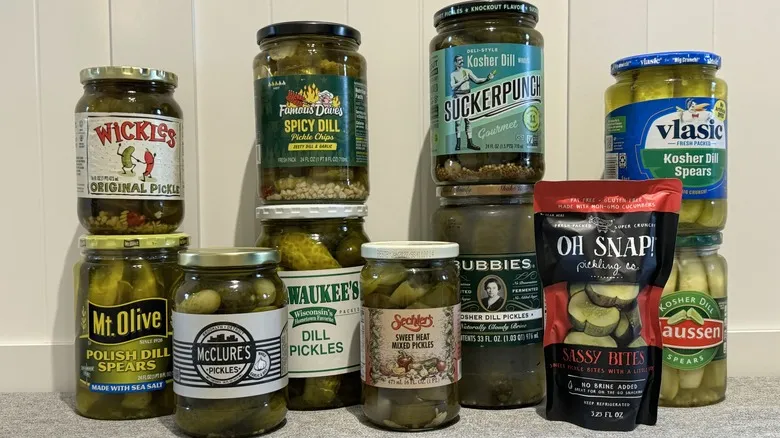
Store-Bought Pickles, Ranked From Worst To Best
Next up

